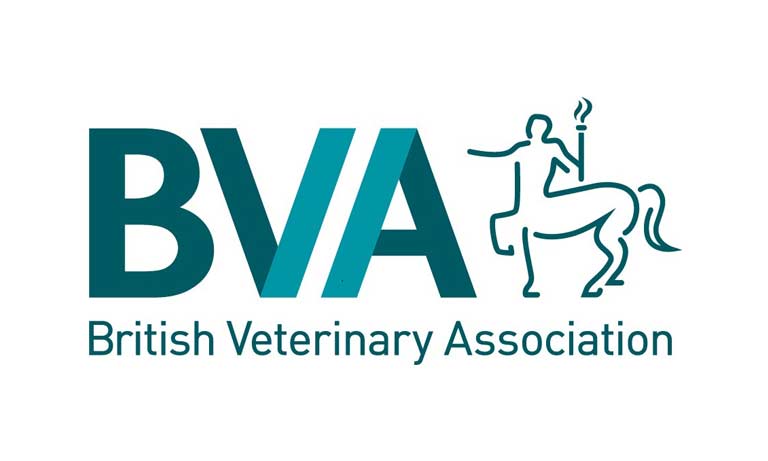Standing up for the veterinary profession
08 Aug 2024
01 May 2018 | Katie Sharpe
With the launch of BVA’s position on veterinary scanning surveillance, Chair of the BVA surveillance working group - Kate Sharpe - dispels the common myths around animal health and disease monitoring (disease surveillance) and spells out what value veterinary surgeons can derive from contributing the UK’s surveillance networks.

With the launch of BVA’s position on veterinary scanning surveillance, Chair of the BVA surveillance working group - Kate Sharpe - dispels the common myths around animal health and disease monitoring (disease surveillance) and spells out what value veterinary surgeons can derive from contributing the UK’s surveillance networks. Yes - small animal practitioners we mean you, too!
Government coordinated disease surveillance in production animals does depend in a large part on diagnostic submissions, but that’s not it by any means. Intelligence gathering in other ways, through conversations, and looking for unusual events is also a key part of surveillance. Indeed, it was this wider intelligence through networks with vets in other countries that led to the UK early detection of the new Schmallenberg virus in 2011.
Also, don’t make the mistake of thinking scanning surveillance just occurs in production animals. We shouldn’t forget the Defra/AHT/BEVA Equine Quarterly Disease Surveillance reportsand the Wildlife Species Expert Group who produce Quarterly GB Wildlife Diseases Emerging Threats reports.
In terms of companion animals, individual medicine and surveillance are not mutually exclusive. SAVSNETand VetCompass, are electronic systems developed in collaboration between small animal practices and two universities which share and analyse veterinary clinical information to monitor disease in companion animals, enabling the profession to identify populations at risk and provide clinical benchmarking.
However, the need for a Government coordinated approach to small animal health and disease monitoring has been brought into sharp focus with the recent headline hitting cases of Alabama Rot. The research into this condition has been spearheaded at a grass roots level by Anderson Moores Veterinary Specialists illustrating just how important the veterinary profession is for ensuring that unusual disease incidents are investigated and information is shared so that appropriate advice and action can be taken.
Wrong! Surveillance is all about collecting and analysing animal health and disease data from various sources and disseminating the information in a useful way in order for people to take appropriate action. For vets, this action can be a number of things. You can derive value from animal health and disease monitoring data by reading reports and improving or adapting your practice and advice to clients, using data to inform herd health planning or getting in contact with Veterinary Investigation Officers to get advice about investigating difficult or unusual cases. In small animal practice, inputting into initiatives such as SAVSNET could allow you to benchmark your antibiotic prescribing and identify trends that may indicate an outbreak of infectious diseasein your area.
The use of electronic health records or syndromic data in small animal practice also gives us food for thought as to how we could increase the sensitivity of the diagnostic surveillance data currently collected across the UK through the collection of health information and clinical disease events from additional sources e.g. health records, market monitoring, abattoir reports, and fallen stock reports.
As one of our working group members aptly put it: ‘Data doesn’t have to be perfect, it has to be perfectly used.’
Encouraging vets to share data with financial incentives is, of course, an option. However, in the current climate where Government purse strings are tight, if we’re honest, it’s not realistic and perhaps not in the spirit of vets acting as public guardians for animal health and welfare. Instead, BVA is calling on the UK Governments to incentivise data sharing by thinking innovatively about how vets can derive professional, economic, logistical or public relations value from inputting their data, on top of the value derived for animal health and welfare.
The Vet Record is a go-to resource if you want to catch up on surveillance reports. In fact, following our survey and working group discussions, BVA is now working closely with Vet Record to think of ways we could make reports more useful for the profession. However, there’s also a wide range of digital platforms and interactive tools that vets can use to stay up to date with the national and local disease surveillance picture for their species area:
There’s a lot more value the veterinary profession can derive from our surveillance networks if we just know where to look.
So, if there’s one key word I can leave you with, it’s: Engage! Share information and use reports.
Get tailored news in your inbox and online, plus access to our journals, resources and support services, join the BVA.
Join Us Today